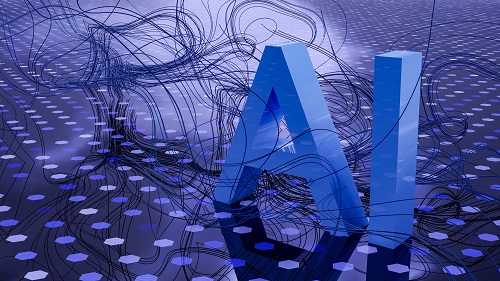Artificial Intelligence (AI) refers to the simulation of human intelligence in machines or computer systems. It encompasses the development of algorithms, software, and hardware that enable computers to perform tasks that typically require human intelligence. These tasks include but are not limited to:
- Problem Solving: AI systems can analyze complex problems and find solutions by processing vast amounts of data and making decisions based on patterns and algorithms.
- Learning: AI can learn from experience and improve its performance over time. Machine learning, a subset of AI, focuses on developing algorithms that allow systems to learn and adapt autonomously.
- Perception: AI systems can use sensors, data from cameras, microphones, and other sources to perceive and understand their environment. Computer vision and speech recognition are examples of AI technologies related to perception.
- Natural Language Processing (NLP): AI systems can understand and generate human language. NLP technologies enable chatbots, virtual assistants, and language translation services, among others.
- Decision Making: AI can make decisions or provide recommendations based on data analysis and predefined rules. This is often used in applications like automated trading, recommendation systems, and autonomous vehicles.
- Robotics: AI is used to control and optimize the movements and actions of robots. It allows robots to interact with the physical world and perform tasks autonomously.
- Pattern Recognition: AI excels at identifying patterns in data, which can be applied in various domains, such as fraud detection, medical diagnosis, and image analysis.
- Automation: AI can automate repetitive tasks and processes, improving efficiency and reducing the need for human intervention in certain workflows.
It’s important to note that AI is a broad field with various subfields and approaches. Some AI systems are rule-based and follow predefined instructions, while others employ machine learning techniques to learn from data and adapt to changing circumstances.
AI can be categorized into two general types:
- Narrow or Weak AI (Artificial Narrow Intelligence – ANI): This type of AI is designed to perform specific tasks or solve particular problems. It operates within a limited domain and does not possess general intelligence or consciousness. Examples include voice assistants like Siri and Alexa.
- General or Strong AI (Artificial General Intelligence – AGI): General AI refers to a hypothetical AI system that possesses human-like intelligence and can understand, learn, and apply knowledge in a wide range of tasks and domains. AGI remains a subject of research and is not yet realized.
AI has numerous real-world applications across industries, including healthcare, finance, transportation, entertainment, and more. As AI technology continues to advance, it is expected to play an increasingly significant role in shaping the future of technology and society.

